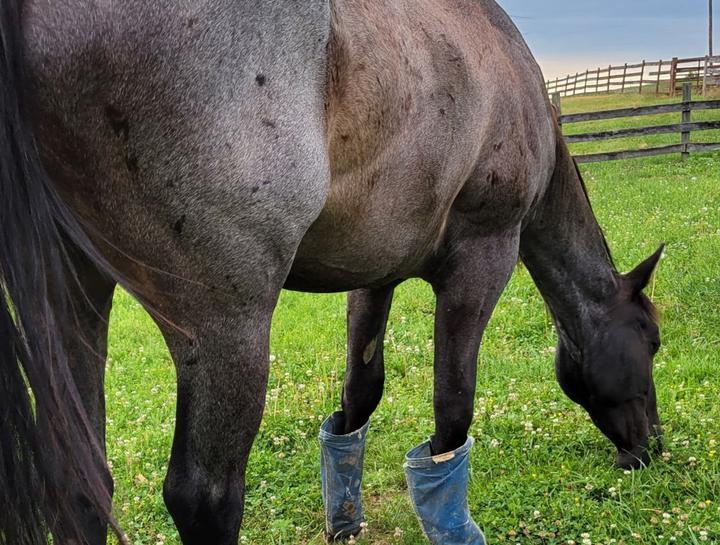Feeding Requirements for Horses

The first step beyond providing clean drinking water at all times is to take stock of the age, health history and work load of the horse. Horses are classified as hind-gut fermenters and are designed to digest forage. Forage,which includes grass and hay, should be the foundation of a horse’s diet. An acceptable range is to feed 1-2% of their body weight daily in forage.
Alfalfa hay is rich in calories and protein, making it a good option for working, growing, and lactating individuals, but should not be fed as more than half of the overall forage allotment. Beet pulp is rich in minerals and fiber, but should not be fed as more than a quarter of the overall forage allotment. Grass and hay quality is very much tied to soil quality which is increasingly poor in many regions. Since it may be difficult to provide a complete forage year-round, commercial concentrates, balancers and grain-mixtures are an effective option to ensure all nutritional requirements are being met. The majority of commercially formulated feeds provide recommended feeding levels on the packaging. Feeding level and frequency should be individualized. Lactating mares and growing horses require more energy than the average adult at maintenance. Performance horses and those under heavy work require not only more energy, but more protein to aid in muscle recovery. Small, frequent meals is the best strategy to ensure proper digestion and to help mitigate ulcers. Senior horses that may have poor teeth and a decreased absorption ability often benefit from soaking and nutrient-dense pelleted feeds.
Supplements are an effective way to ensure proper vitamin, mineral and essential fatty acid inclusion in the diet. However, they should be used as directed and without overlap. Overuse can lead to health complications including toxicities and defects. It is important to note that supplements are not as tightly regulated as other feed-stuffs. This results in many being brought to market on claims based solely on results produced in a lab where tests were performed on species other than horses.
A good rule of thumb is to make changes gradually and to change one aspect of a horse’s diet at a time. It is important to understand that mammals have adaptive metabolisms and will therefore slightly fluctuate their body compositions based on their environment and work load. Keeping a careful eye on a horse’s weight and feeding behavior is essential for monitoring for the first signs of health issues.
Article written by: Alexis Birch
